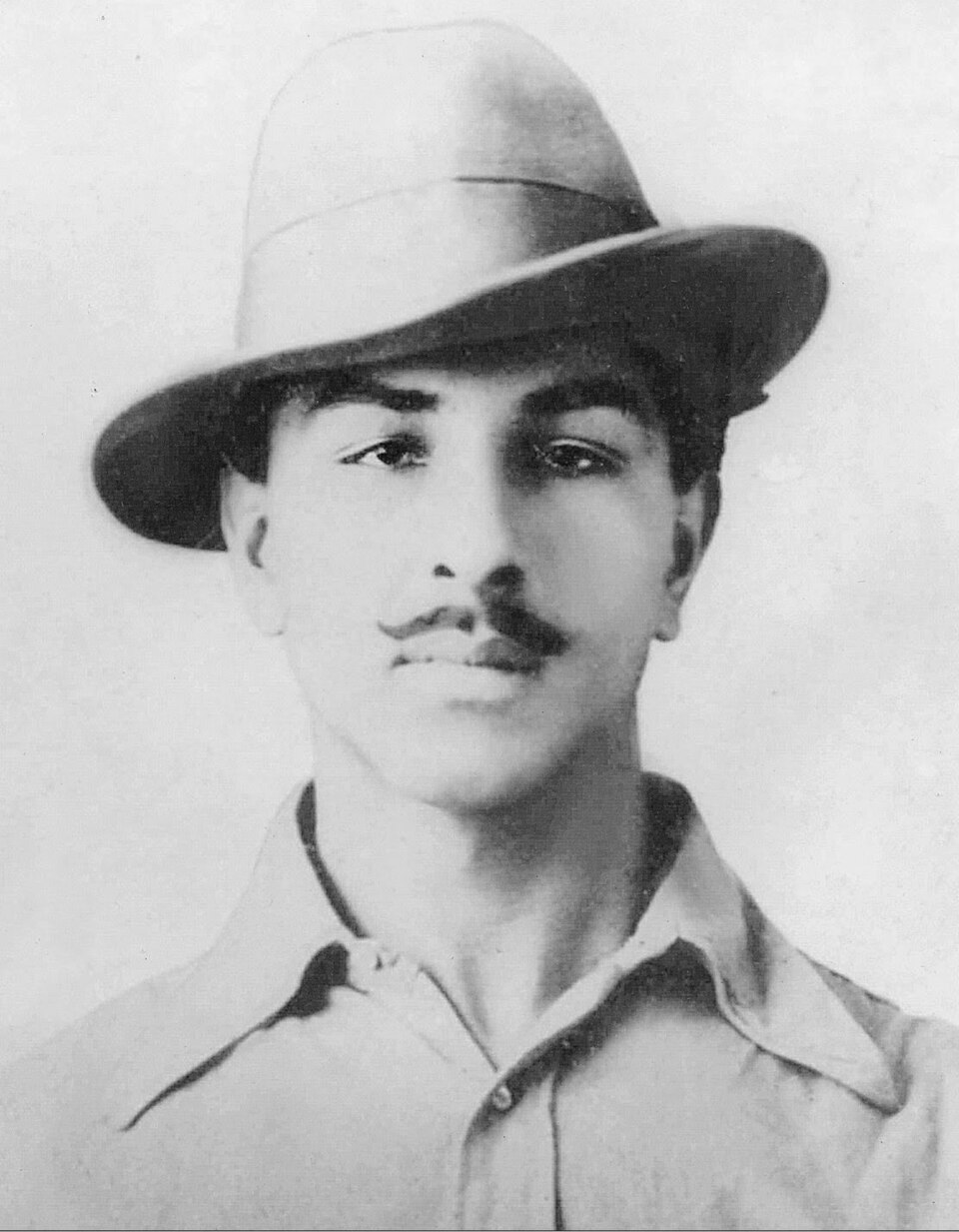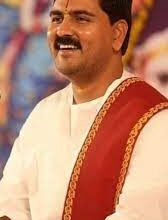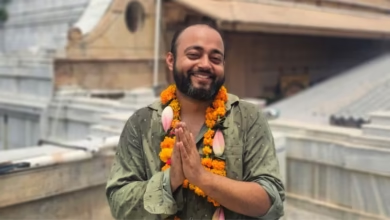Bhagat Singh Biography, Wikipedia, Career, Family, Personal Life, Net Worth, Death
Bhagat Singh (1907–1931) was a prominent Indian revolutionary who became a national hero for his role in the Indian independence movement against British colonial rule. Born in Punjab, he was deeply influenced by Marxist ideologies and became involved in radical political groups at a young age.
Profile
| Aspect | Details |
|---|---|
| Full Name | Bhagat Singh |
| Date of Birth | September 28, 1907 |
| Place of Birth | Banga, Punjab, British India (now in Pakistan) |
| Parents | Kishan Singh (father), Vidyavati Kaur (mother) |
| Nationality | Indian |
| Education | National College, Lahore |
| Political Affiliation | Hindustan Socialist Republican Association (HSRA) |
| Ideology | Revolutionary socialism, Marxism |
| Notable Acts | – Killing of British officer John Saunders (1928) – Assembly Bombing (1929) |
| Slogans | “Inquilab Zindabad” (Long Live the Revolution) |
| Arrested | April 1929 (after Assembly bombing) |
| Executed | March 23, 1931, at age 23 |
| Place of Execution | Lahore Central Jail |
| Legacy | Martyr and national hero of India’s independence movement |
Bhagat Singh Early Life
Bhagat Singh, born on September 28, 1907, in Banga, Lyallpur district (now Faisalabad, Pakistan), was a pivotal figure in India’s struggle for independence. Raised in a Punjabi Jat Sikh family, he was the second of seven children of Kishan Singh Sandhu and Vidyavati Kaur. His family was deeply patriotic; his father and uncles, Ajit and Swaran Singh, were involved in the Ghadar Movement and protests against the 1906 Colonization Bill. This environment instilled a revolutionary spirit in young Bhagat.
He attended the Dayanand Anglo-Vedic School in Lahore and later joined the National College in 1923, founded by Lala Lajpat Rai, aligning with Gandhi’s non-cooperation movement. The Jallianwala Bagh massacre in 1919 profoundly impacted him, pushing him toward revolutionary nationalism after Gandhi suspended the Non-Cooperation Movement post-Chauri Chaura in 1922.

Bhagat Singh Career and Revolutionary Activities
His career was defined by his revolutionary activism against British colonial rule. Inspired by Marxist and anarchist ideologies, he rejected Gandhi’s non-violent approach, believing armed resistance was necessary. In 1924, he joined the Hindustan Republican Association (HRA) in Kanpur and founded the Naujawan Bharat Sabha in 1926 to mobilize peasants and workers. In 1928, he co-founded the Hindustan Socialist Republican Association (HSRA) with Sukhdev, Chandrashekhar Azad, and others, advocating socialism and mass mobilization.
Key Revolutionary Acts
-
Saunders Assassination (1928): The death of Lala Lajpat Rai, injured during a lathi charge ordered by Superintendent James Scott, enraged Bhagat Singh. Intending to kill Scott, he and Shivaram Rajguru mistakenly shot Assistant Superintendent John Saunders in Lahore on December 17, 1928. They escaped, with Bhagat Singh shaving his beard and hair to avoid capture, a significant act for a Sikh.
-
Central Assembly Bombing (1929): On April 8, 1929, Bhagat Singh and Batukeshwar Dutt threw low-intensity bombs in the Central Legislative Assembly in Delhi to protest the Public Safety Bill. They threw pamphlets, shouted “Inquilab Zindabad” (Long Live the Revolution), and courted arrest to spread their message. Their aim was to “make the deaf hear” without causing harm.
Imprisonment and Hunger Strike
Arrested after the Assembly bombing, He was linked to the Saunders murder case. In Lahore’s Borstal Jail, he and fellow prisoners, including Jatin Das, began a hunger strike in 1929 to protest discriminatory prison conditions for Indian prisoners. The strike, lasting 116 days for Bhagat Singh, gained widespread support but led to Das’s death after 64 days. Bhagat ended his fast at his father’s and Congress leaders’ request.
Bhagat Singh Family
His family was steeped in revolutionary fervor. His father, Kishan Singh, was a Ghadar Party member, and his mother, Vidyavati, supported the family through persecution post-execution. He had four brothers Kultar, Kulbir, Rajinder, and Jagat and three sisters Prakash, Amar, and Shakuntala. Kulbir joined the Communist Party, continuing the freedom struggle, while Rajinder lived quietly. The family faced harassment after Bhagat’s death, with Kishan Singh enduring imprisonment. They preserved Bhagat’s legacy through commemorative events.
Bhagat Singh Personal Life
Bhagat was an avid reader, influenced by Engels, Marx, and Lenin, and a prolific writer, penning “Why I Am an Atheist” and articles for the Kirti Kisan Party’s magazine. Initially raised Sikh, he became an atheist, rejecting religious orthodoxy. He refused an arranged marriage, dedicating his life to the independence struggle. A skilled actor, he participated in college plays, showcasing his charisma. His commitment to gender equality and socialist ideals marked his personal philosophy.
Bhagat Singh Net Worth
As a revolutionary, Bhagat had no personal wealth. He lived frugally, relying on HSRA funds and family support. His focus was on activism, not material gain. Posthumously, his legacy has cultural value, with museums, statues, and films honoring him, but no financial estate exists.
Bhagat Singh Death
Bhagat Singh, along with Sukhdev Thapar and Shivaram Rajguru, was sentenced to death for the Saunders murder in the Lahore Conspiracy Case. The execution, originally scheduled for March 24, 1931, was advanced to March 23, 1931, at 7:30 PM in Lahore Jail to avoid public unrest. At age 23, He faced the gallows fearlessly, chanting “Inquilab Zindabad” and reading Lenin’s biography until the end. The British secretly cremated their bodies near the Sutlej River, but locals, informed by a crowd, performed a proper cremation. His martyrdom, celebrated as Shaheed Diwas, galvanized India’s independence movement.
Legacy
Bhagat Singh’s sacrifice made him a national hero, often called Shaheed-e-Azam (Great Martyr). His actions inspired youth, and his writings continue to influence activists. Memorials, like the Shaheed-e-Azam Sardar Bhagat Singh Museum and a statue in India’s Parliament, honor him. Despite bureaucratic delays in naming institutions after him, his legacy endures in popular culture, films, and literature.
READ ALSO: Prem Chand Biography, Wikipedia, Family, Personal Life, Career, Net Worth, Cars
FAQs
Who was Bhagat Singh?
He was an Indian revolutionary freedom fighter who played a significant role in the independence movement. Born in 1907, he was executed by the British in 1931 at age 23 for his involvement in the Saunders murder and Assembly bombing.
What was the Hindustan Socialist Republican Association (HSRA)?
The HSRA, co-founded by Bhagat in 1928, was a revolutionary group advocating socialism and armed resistance against British rule. It aimed to mobilize masses for India’s independence.
Why did Bhagat Singh bomb the Central Legislative Assembly?
On April 8, 1929, Bhagat Singh and Batukeshwar Dutt bombed the Assembly to protest repressive British laws, aiming to spread their revolutionary message without causing fatalities.
What was the significance of Bhagat Singh’s hunger strike?
In 1929, Bhagat Singh’s 116-day hunger strike in Lahore Jail protested discriminatory prison conditions, gaining public sympathy and highlighting the plight of Indian prisoners.
How is Bhagat Singh remembered today?
Bhagat Singh is honored as Shaheed-e-Azam, with March 23 observed as Shaheed Diwas. Museums, statues, and films celebrate his courage, and his writings inspire activists globally.



